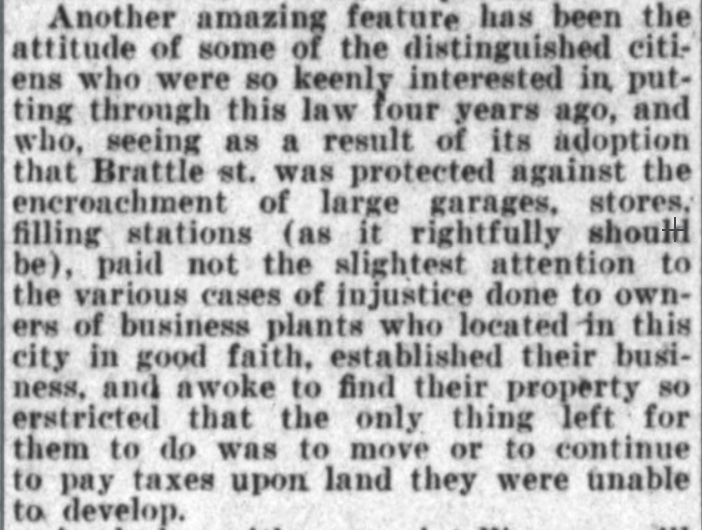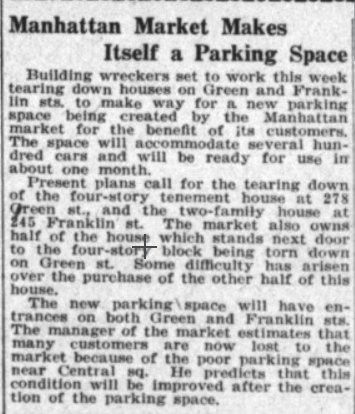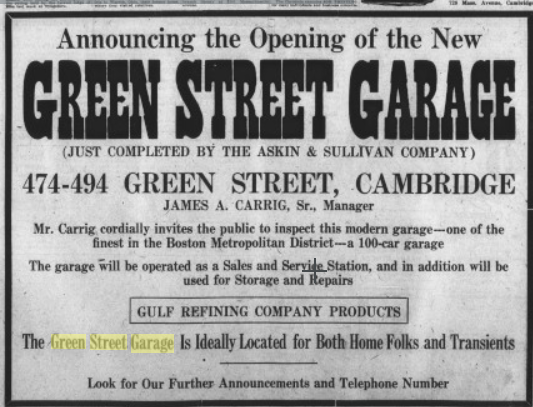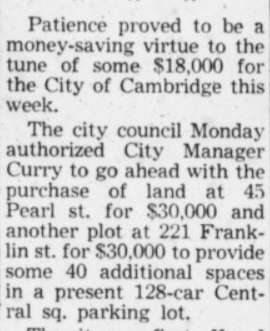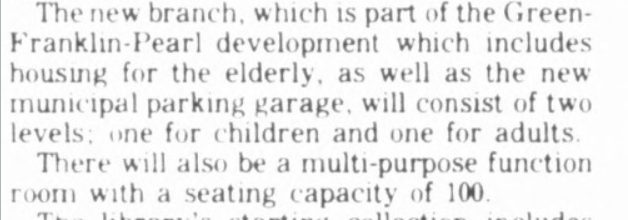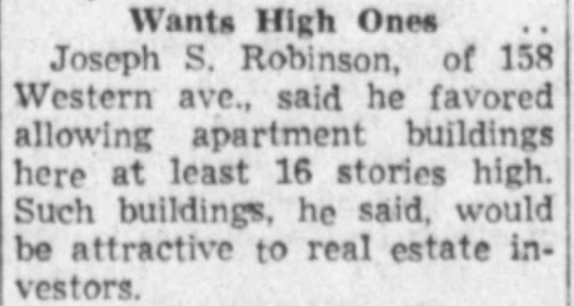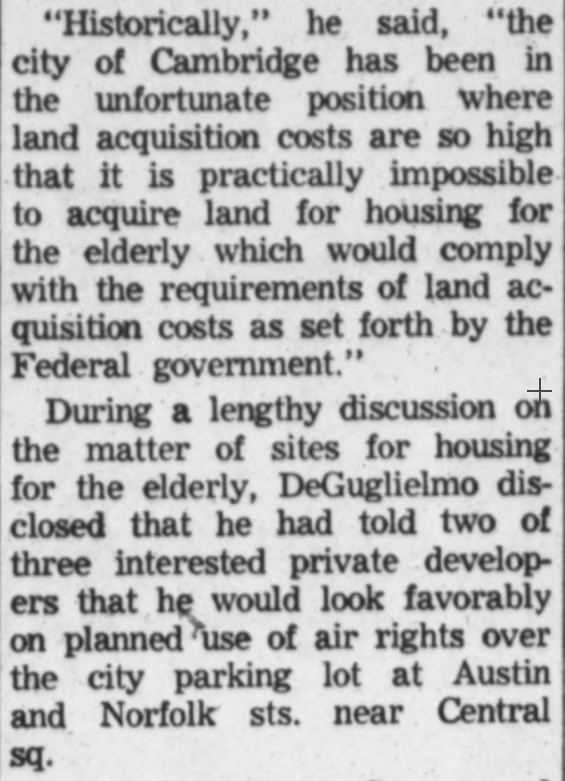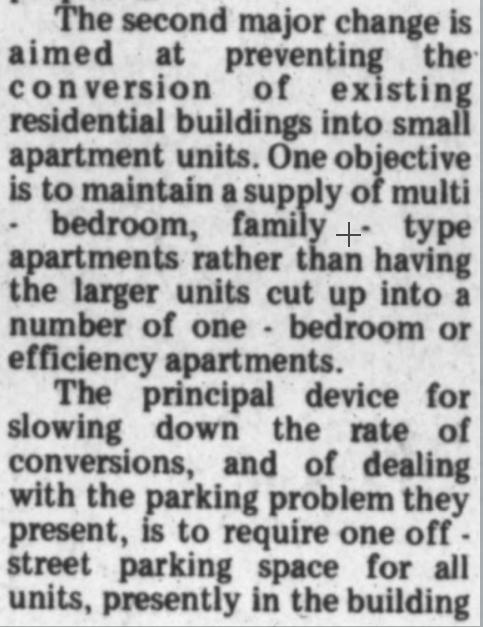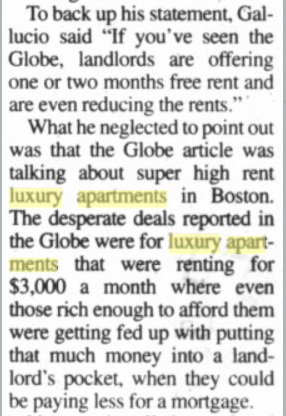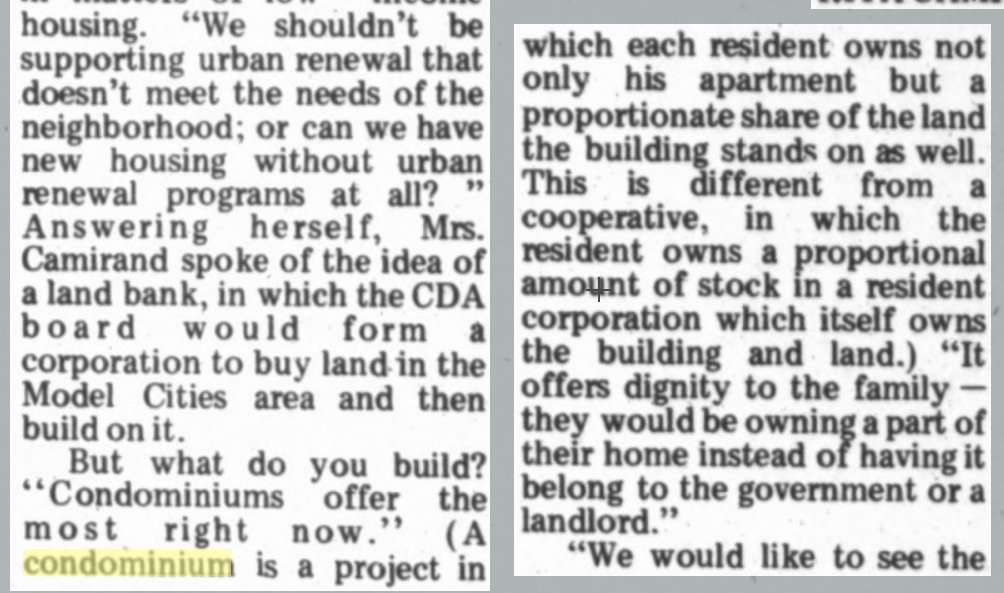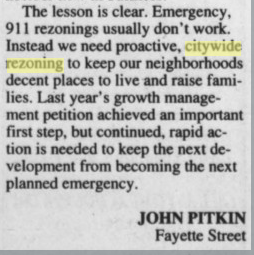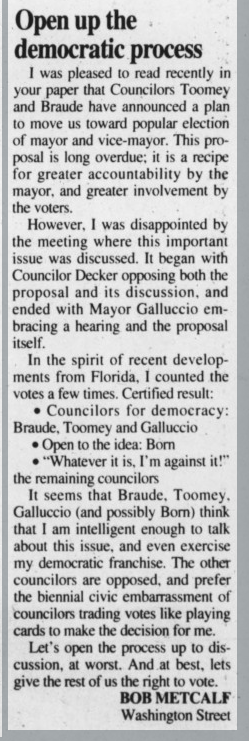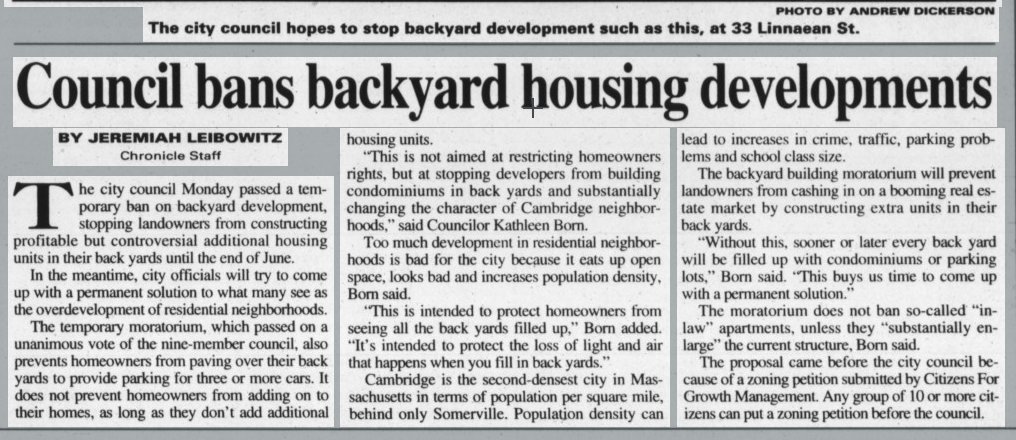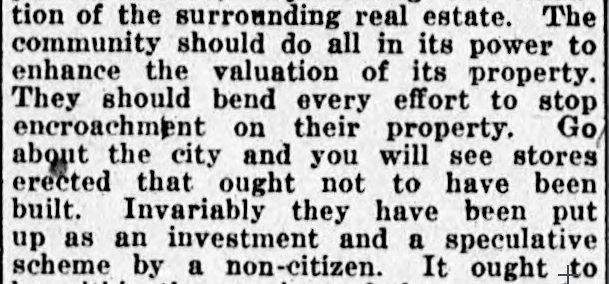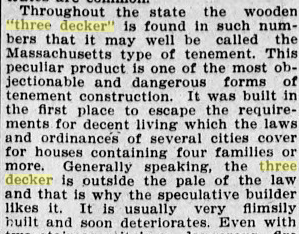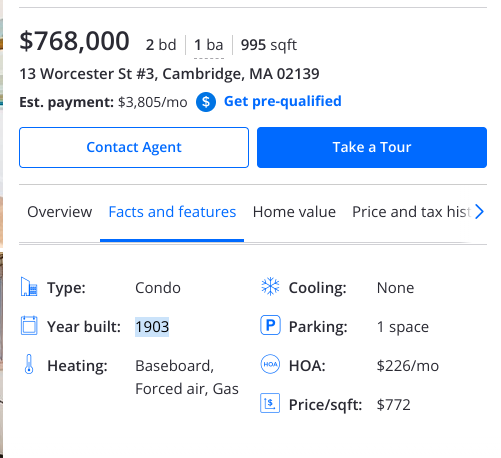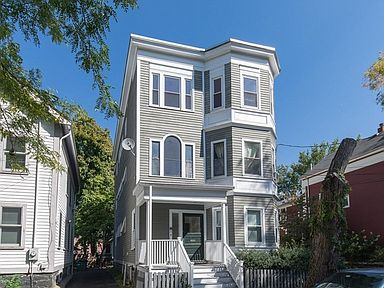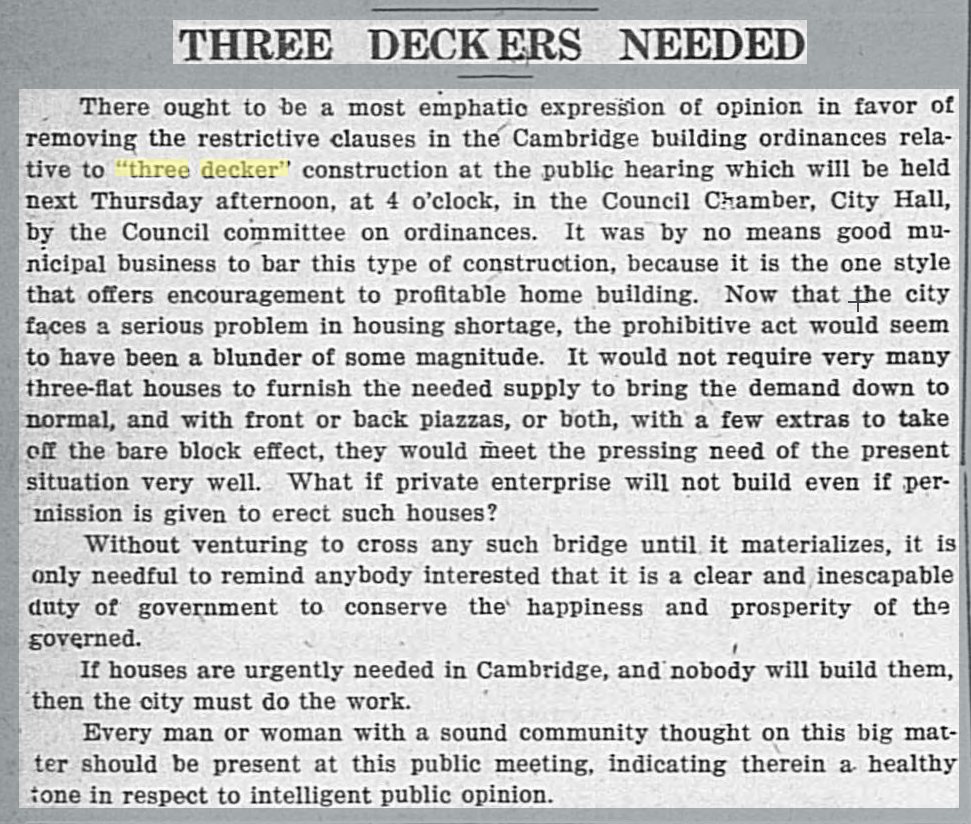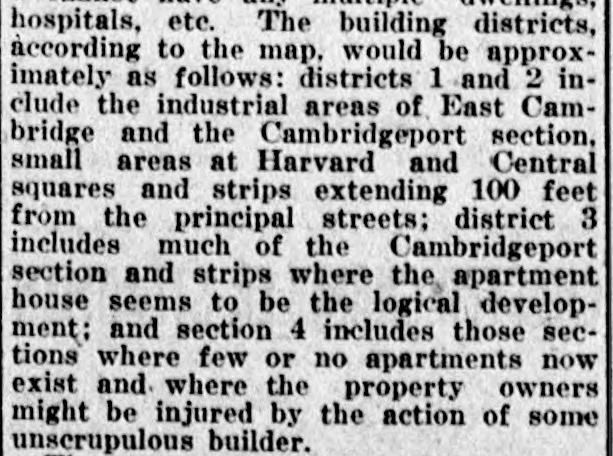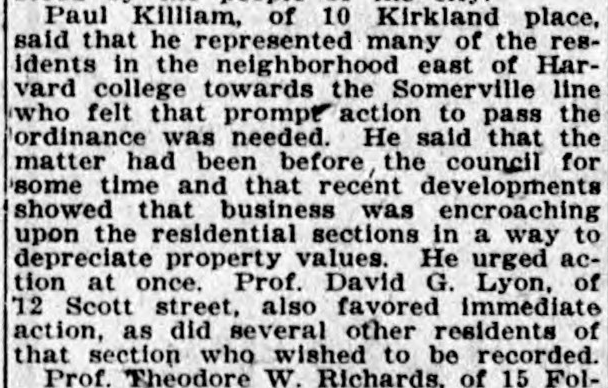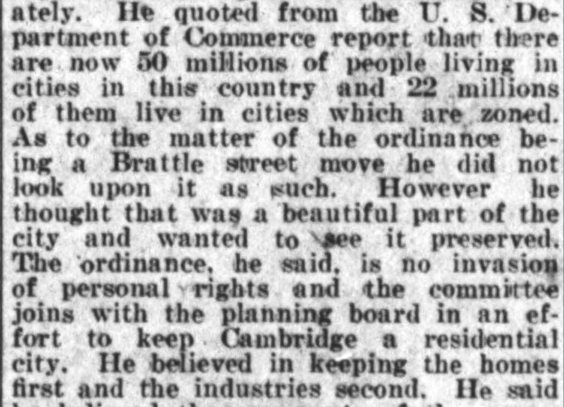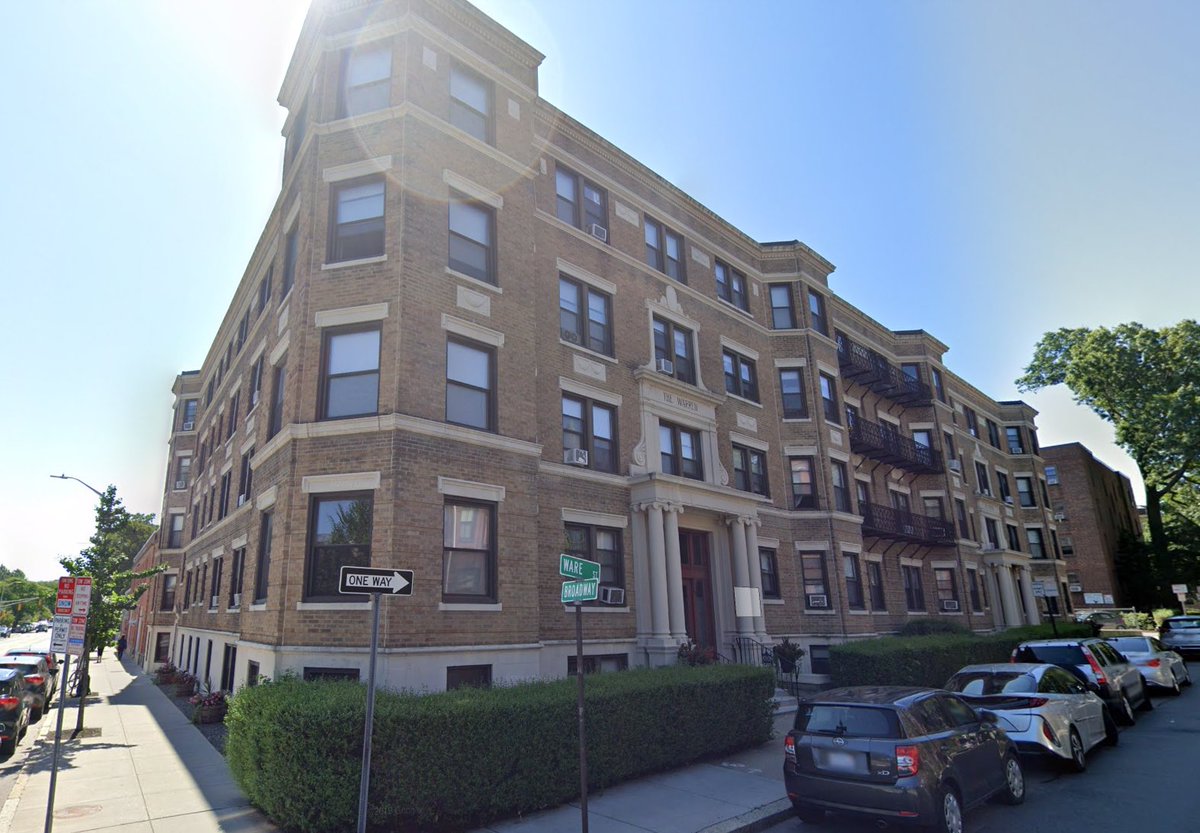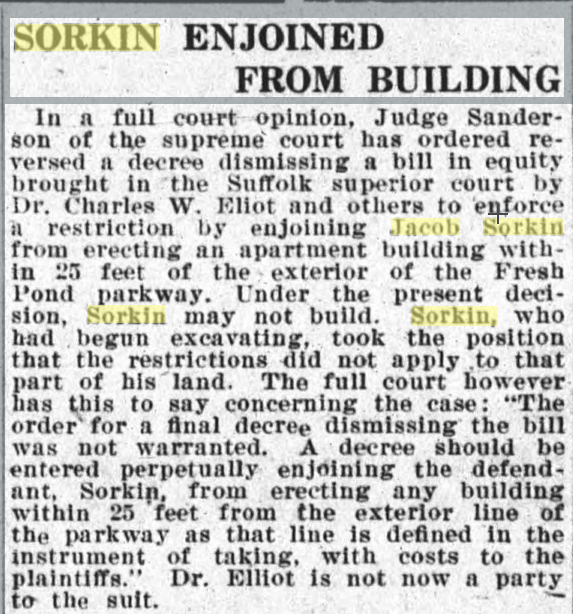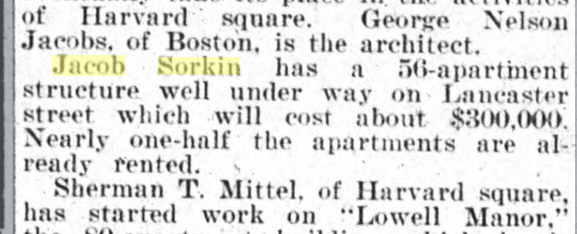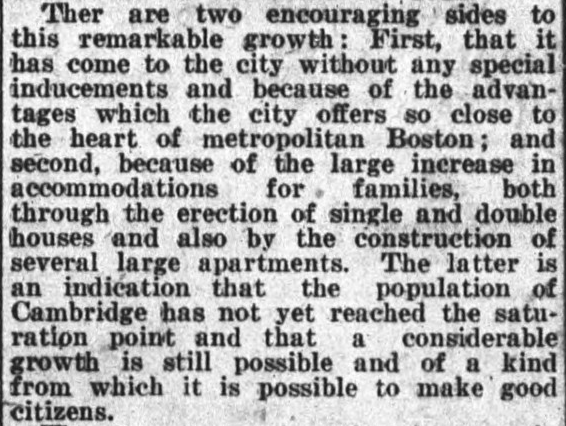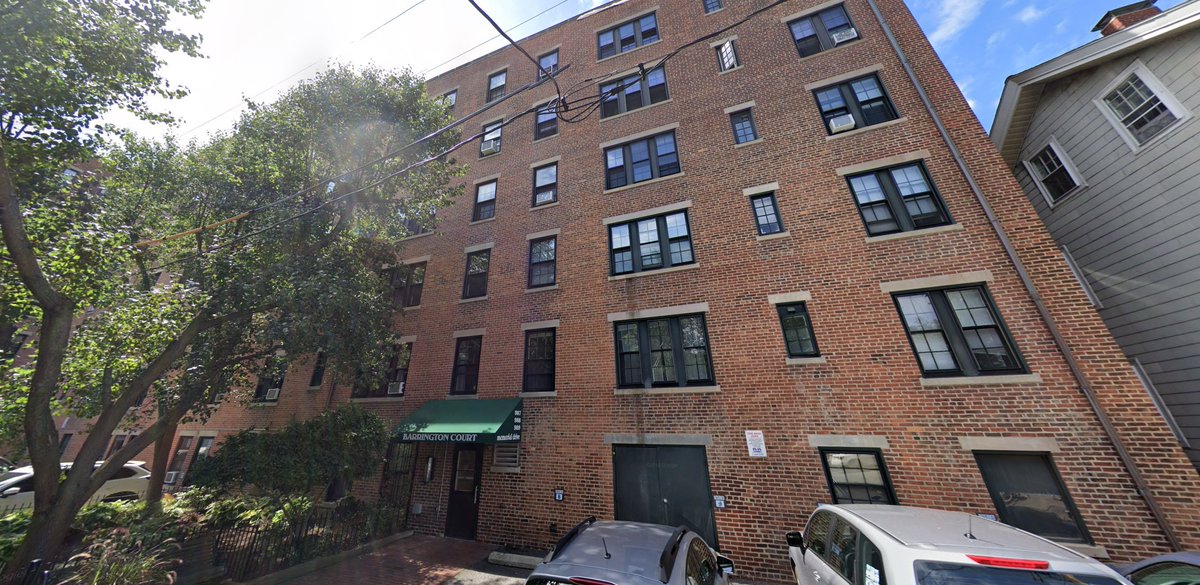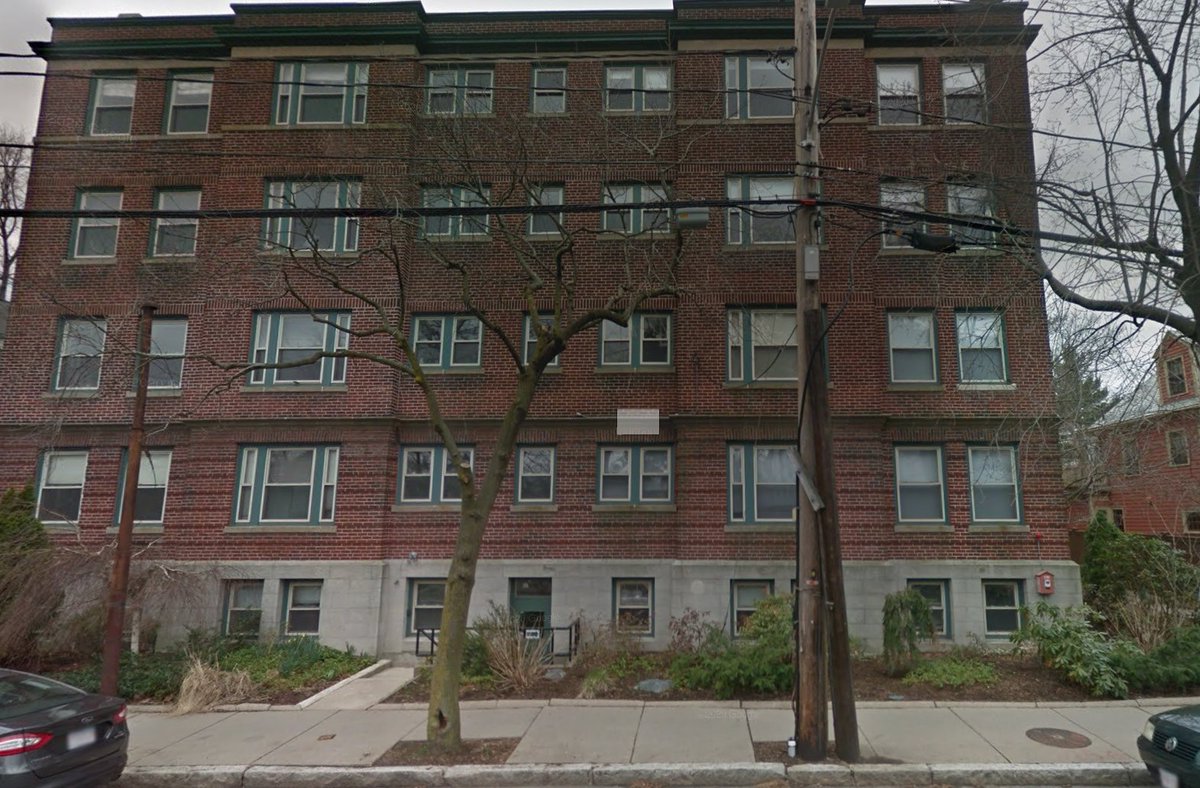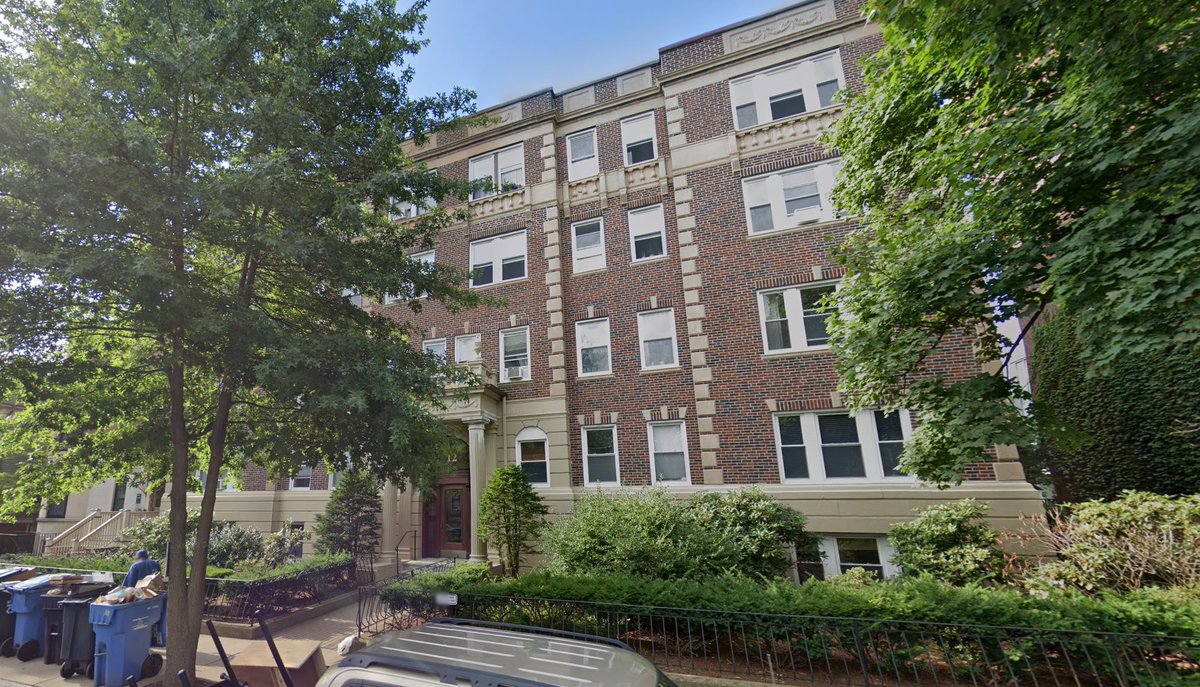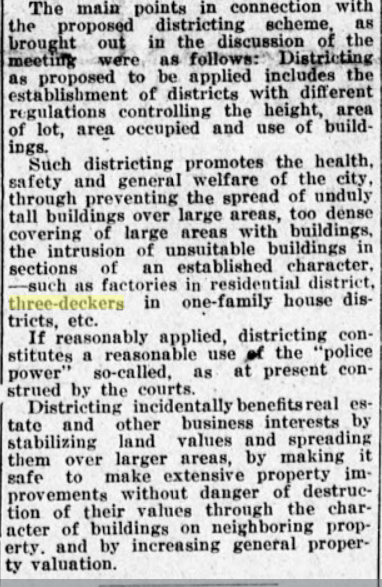So, I was looking for some history on something, and it was pointed out to me that the full archives of all of Cambridge& #39;s newspapers is online via the Cambridge Public Library (though you have to email to ask for access to anything > 1924). This  https://abs.twimg.com/emoji/v2/... draggable="false" alt="🧵" title="Thread" aria-label="Emoji: Thread">is for random clippings.
https://abs.twimg.com/emoji/v2/... draggable="false" alt="🧵" title="Thread" aria-label="Emoji: Thread">is for random clippings.
These speakers had the right idea: Cambridge should always have been part of Boston. (Cambridge Chronicle, 19 February 1910)
A 1929 review of the city& #39;s relatively new Zoning law calls out a number of cases where property owners were deprived of their (presumed) property rights, likening the case of https://en.wikipedia.org/wiki/Nectow_v._City_of_Cambridge">https://en.wikipedia.org/wiki/Nect... to "the confiscations under Soviet Russia."
This is from "Daniel A. Buckley Points Out Many Flaws In The Cambridge Zoning Laws", Cambridge Chronicle, 26 July 1929. The distress the author has for Nectow& #39;s lack of financial reward for landbanking is redoubled for telling Houghton & Mifflin they couldn& #39;t build an extension.
Good to know that even then, business associations were concerned about the important stuff--like whether parking limits should be 30 or 45 minutes, and on the size of signs, and not the fact that zoning was "hamper[ing] our natural business development".
What& #39;s the point of Zoning? Well, same as it always has been: to protect Brattle Street. (Time is a flat circle.)
From the same day: Manhattan Market (probably located around the location of the Holmes Building now) tears down a 4 story tenement in order to build parking. (This is now a city-owned property, the location of the Manning Apartments.)
That said, this *probably* explains the (modern) location of the Green St Garage: I expect that losing parking here was a problem given limited parking in Central, and this was a compromise? this is made harder by the fact that a *different* Green St. Garage was built in 1925.
Yeah, the 45 Pearl St. location (site of the current Central Square Library) was purchased in 1964, in order to build more car parking alongside what was referred to as the "Central Square Parking Lot". (A councillor tried to block it because... Inman has no parking.)
The library, Manning Apartments, and parking garage were all developed at the same time, and opened as part of the "Green-Franklin-Pearl" development in March of 1976. (Cambridge Chronical, 25 March 1976.)
I& #39;m not an expert in the anti-urban renewal efforts, but this 1959 take that encourages being a lot more thoughtful about it seems pretty prescient in hindsight. ("Public Warned To Be Alert On Urban Renewal Projects", Cambridge Chronicle, 8 January 1959)
oh god. it& #39;s every public meeting I& #39;ve ever been to on affordable housing. (Cambridge Chronicle, 25 December 1958; This citywide ordinance change was eventually passed on 2/13/61.)
We have been talking about developing the parking lot behind Central Square (currently home to Starlight Square) for affordable housing since *at least 1967*. ("City Council Rejects Housing for Elderly On Lakeview Ave." Cambridge Chronicle, 8 June 1967.)
Like, this one is so old I literally had to look up "What the hell is Austin St." because it was renamed a decade before I was born. (Today, you might know it as Bishop Allen Drive.)
In early 2020, I attempted to change Cambridge& #39;s zoning to abandon what I consider an outdated and inappropriate definition of "family" to no more than 4 & #39;unrelated& #39; individuals. In 1969, the city tried to move the other way: going from 4 to 2.
At the same time, the Planning Board recommended that the City Council institute 1-space-per-unit parking minimums, which would then prevent creating smaller sized units inside existing buildings, because they knew creating more parking was impossible.
These are both from "Zone Change to Halt ‘Apartment Stuffing’ Is Set for Hearing", Cambridge Chronicle, 27 March 1969. It& #39;s so stressful to see the stories of "exactly how we got into this mess" and to see how these choices were really thought to be the right way to go.
time is a flat circle, 2003 economic collapse edition. Councillor Gallucio makes a comment on the drop in demand meaning falling rents, and a better time for renters--but prices were falling much more at the *top* of the market than the bottom, which was still competitive.
Apparently "condominium" was a new term that needed explanation to the readers of the Chronicle in 1969. ("Rita Camirand, Vice Chm. Of Model Cities Agency Explains Ideas on Housing", Cambridge Chronicle, 3 April 1969)
Ah, yes, Mass+Main is extremely tall, and therefore looks just like Hitler& #39;s bunker, which was notoriously... underground.
"Twining development exacerbates housing crisis", Cambridge Chronicle, Volume 168, Number 71, 5 March 2015
"Twining development exacerbates housing crisis", Cambridge Chronicle, Volume 168, Number 71, 5 March 2015
As I hear rumblings of a new downzoning effort for part of Our Fair City, I hope that folks will keep this advice in mind: "911 downzonings don& #39;t work."
Of course, that& #39;s the advice of someone who has consistently used exactly that tool to prevent development, BUT STILL. (1998)
Of course, that& #39;s the advice of someone who has consistently used exactly that tool to prevent development, BUT STILL. (1998)
Amusing to see *Bob Metcalfe*, inventor of Ethernet/early engineer involved in building what we know now as the internet, complaining about local Cambridge politics.
It was just not a name I expected to see.
(Cambridge Chronicle, Volume 155, Number 15, 7 February 2001)
It was just not a name I expected to see.
(Cambridge Chronicle, Volume 155, Number 15, 7 February 2001)
"Not in *Your* Backyard."
"Council bans backyard housing developments", Cambridge Chronicle, Volume 152, Number 10, 5 March 1998
"Council bans backyard housing developments", Cambridge Chronicle, Volume 152, Number 10, 5 March 1998
"Speculative" developers ruining our cities, 1921 edition. ("SOME LIGHT THROWN ON ZONING SYSTEM", Cambridge Chronicle, 3 December 1921)
1913: The housing crisis in cities in MA is terrible! Developers are coming in and building terrible three-deckers that nobody wants to live in, and they all fall apart!
2020: A single unit in a three- decker built in 1903 now sells for $726/square foot.
2020: A single unit in a three- decker built in 1903 now sells for $726/square foot.
In 1920, apparently building three-deckers in Cambridge was a violation of the building code, which there was a move to re-allow; and if private enterprise wouldn& #39;t build them, then the City must.
In 2020, 3-deckers are a violation of the zoning code on 50% of residential lots.
In 2020, 3-deckers are a violation of the zoning code on 50% of residential lots.
Here is the description of the initial zoning districts of Cambridge. "District 4" is the precursor to our current single and two family zoning districts in North/West Cambridge where "property owners might be injured by the action of some unscrupulous builder".
In reality, these districts were already established in the Building Code, which set up similar restrictions by defining the types of buildings that were allowed. (e.g. triple deckers were apparently banned in 1920, and allowed in *District 2* in 1922, before Zoning in 1924.)
One difference between 1922 Cambridge residents in favor of stricter zoning regime and 2020 residents: They were a lot more up-front about it being about property values back then. And hey, I guess it worked! https://twitter.com/everylotcambma/status/1288648038634979328">https://twitter.com/everylotc...
This Councillor attempted to push back on the Zoning Ordinance being passed to a second reading, stating that if people only realized what it meant, they wouldn& #39;t support it. 100 years of increasingly strict zoning history suggest that he was probably wrong.
In defending the Zoning Ordinance a councillor said:
- Look, most people already live in Zoned cities.
- Brattle Street is beautiful and I would like to see it preserved.
- It& #39;s not an invasion of property rights, we just want to keep Cambridge residential! (uh...)
- Look, most people already live in Zoned cities.
- Brattle Street is beautiful and I would like to see it preserved.
- It& #39;s not an invasion of property rights, we just want to keep Cambridge residential! (uh...)
An early zoning fight: Larchwood district objects to the construction of a 24-unit apartment permitted shortly before zoning existed, claiming it will "make the character of the neighborhood less desirable" because of the "undesirable class of building". (5 Apr, 1924)
As far as I can tell, Sorkin never succeeded on that build: likely bought out by the objectors. However, he said that the building would have been very similar to his previous apartment block, a 4 story brick and stone apartment building at Broadway and Ware.
Ah. The Neighborhood Defenders indeed stopped him in court from building his apartment building. I& #39;m not sure exactly which street used to be Hawthorn Ave, but that whole area stayed restricted as Single/Two family homes. (Cambridge Chronicle, 7 February 1925)
That didn& #39;t stop him from building his next project, a (then) 56 unit building on Lancaster Ave. (It& #39;s now listed as 65 units; it also has a "built in" year of 1890 in the property database, which is wrong; this was 1925/1926.) Can& #39;t say the dude didn& #39;t have a type.
One thing that& #39;s interesting to me, and counter to a narrative that& #39;s sometimes told: When the zoning ordinance in Cambridge was established, there was actually plenty of room to build, including for single/two family homes+apartments. (This is much less true today.)
The apartment buildings list in Jan 1925 *does* include an apartment that was eventually blocked by a lawsuit. But a number of these buildings were built -- all in zones immediately near major avenues, following the new Zoning Ordinance.
Today, all of these buildings are prohibited under zoning.
https://twitter.com/everylotcambma/status/1196571318575128577">https://twitter.com/everylotc... https://twitter.com/everylotcambma/status/1155787581302480897">https://twitter.com/everylotc...
https://twitter.com/everylotcambma/status/1196571318575128577">https://twitter.com/everylotc... https://twitter.com/everylotcambma/status/1155787581302480897">https://twitter.com/everylotc...
TIL: Before Zoning was called "Zoning", it was called "Districting". The basics of this idea were established in the Cambridge Building Code even before the zoning code was enacted (which was initially *part* of the Building code.) Cambridge Chronicle, 3 February 1917

 Read on Twitter
Read on Twitter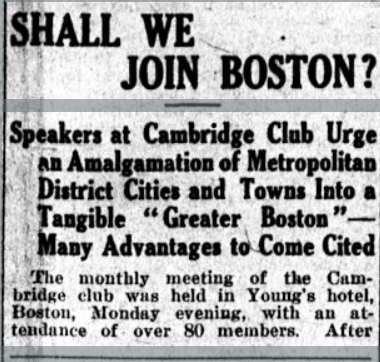
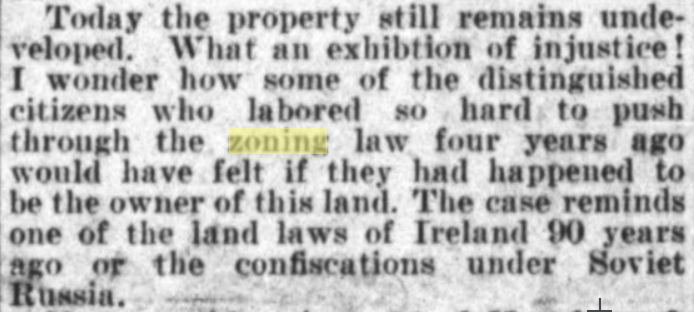

![Good to know that even then, business associations were concerned about the important stuff--like whether parking limits should be 30 or 45 minutes, and on the size of signs, and not the fact that zoning was "hamper[ing] our natural business development". Good to know that even then, business associations were concerned about the important stuff--like whether parking limits should be 30 or 45 minutes, and on the size of signs, and not the fact that zoning was "hamper[ing] our natural business development".](https://pbs.twimg.com/media/EkaxUIOUcAA30Dl.png)
